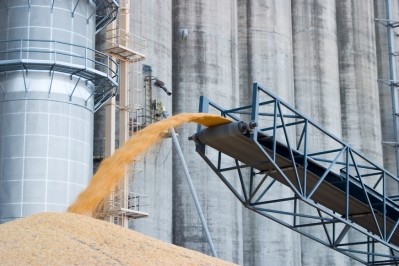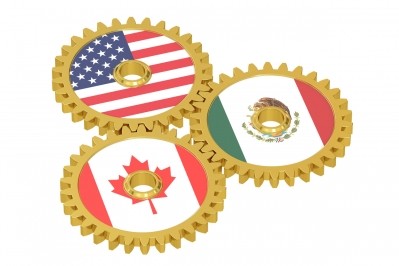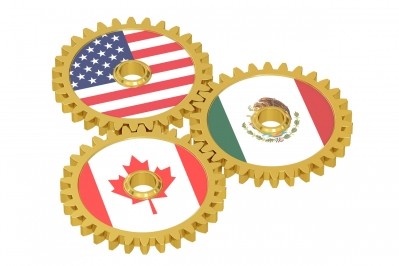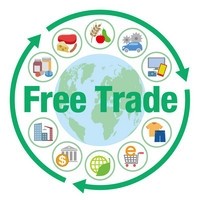US feed and grain sectors weigh in on NAFTA review

Organizations, including the National Grain and Feed Association – speaking as a member in in the US Food and Ag Dialogue for Trade – US Wheat Associates, National Association of Wheat Growers, US Grains Council (USCG) and the National Corn Growers Association, offered varying responses on the proposed review of the North American Free Trade Agreement (NAFTA).
The majority of groups asked the trade representative to take the agricultural industry into consideration during the review process and expressed their interest in working with the Trump administration during the evaluation period.
“Our top priority in the modernization of NAFTA is to maintain this market access and keep in place what we and our customers have built,” said Chip Councell, USGC chairman. “For instance, all corn products currently go into Mexico and Canada duty-free, with sales last marketing year of $2.7bn in commodity corn alone. That demand is an essential part of ensuring farmers can continue to farm in this economy.”
NAFTA notification
Communication issued on Thursday by Robert Lighthizer, US trade representative, notified US Congress of the intention to start the NAFTA modernization process. That action is to start “as soon as practicable,” but not until at least 90 days have passed, he said.
The letters indicate the reasoning behind Trump's decision to start negotiations with Canada and Mexico to revise the trade agreement, with the objective of higher paying jobs and a boost for the economy in the US the main goals outlined.
The US trade representative also notes that the original agreement was established 25 years ago and that it, thus requires, to take account of economic developments since then.
“Digital trade was in its infancy when NAFTA was enacted,” he said. “In addition, and consistent with the negotiation objectives in the Trade Priorities and Accountability Act, our aim is that NAFTA be modernized to include new provisions to address intellectual property rights, regulatory practices, state-owned enterprises services, customs procedures, sanitary and phyto-sanitary measures, labor, environment and small and medium enterprises.”
Maintaining ‘critical’ export markets
The trade agreement remains “critical” for feed crop and grain farmers in the US and offers access to countries that are among the top market for feed crops including corn, sorghum and barley, and that are increasing destinations for distiller’s dried grains with solubles (DDGS), said Councell. “This agreement has served our industry extremely well over the past 20 years, allowing us and our customers there to integrate operations and build deep relationships that both sides value,” he added.
National Corn Growers Association said that it wants to see the effort build upon the current, successful trade relationship that has been established with Canada and Mexico.
“Exports are one pillar of a strong farm economy, accounting for 31% of farmer income,” said Wesley Spurlock, president of that corn group. “Nowhere is the importance of trade stronger than right here in North America. Since NAFTA was implemented, US agricultural exports to Canada and Mexico have tripled and quintupled, respectively. We export billions of dollars of corn and corn products to these countries each year."
Mexico also remains an important corn market at the regional level, added David Merrell, chairman of the Nebraska Corn Board. “If you look at Mexico, it’s not only Nebraska’s largest corn export market, but it’s also the largest corn export market for value-added Nebraska products like dairy and sweeteners,” he added.
“Five high-level grain purchasers from Mexico were in Nebraska earlier this week and their message was crystal clear,” he said. “They want to continue importing high-quality, US ag goods, but will look elsewhere should free trade no longer be an option.”












